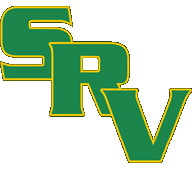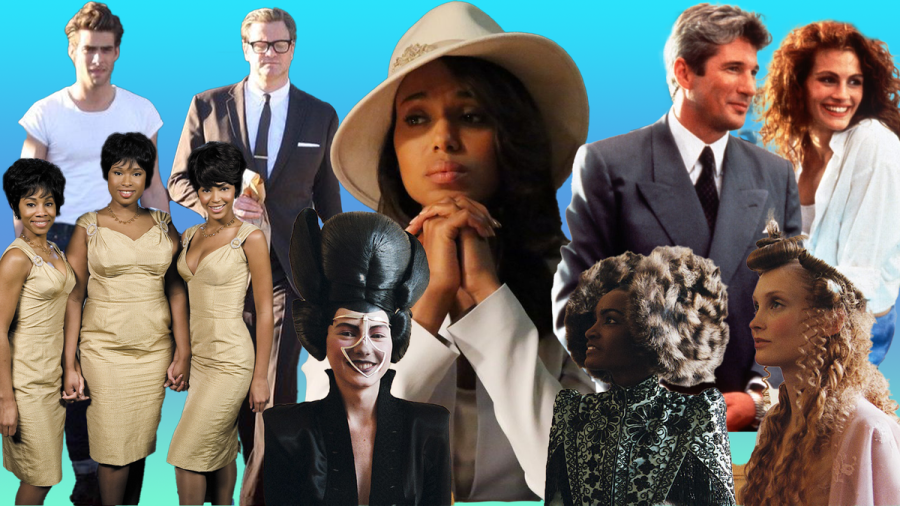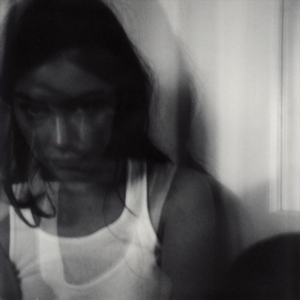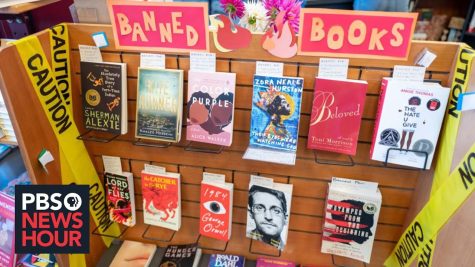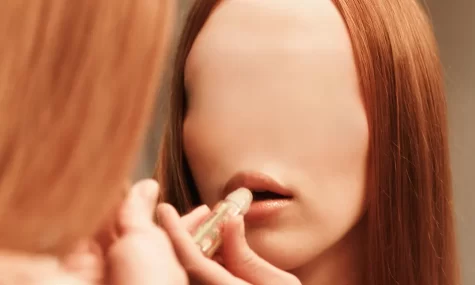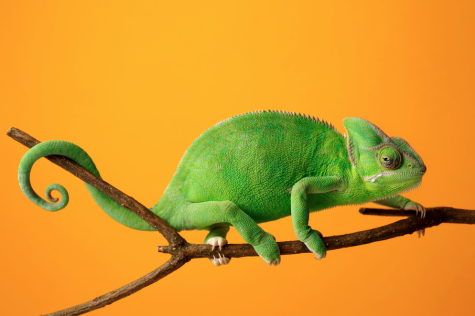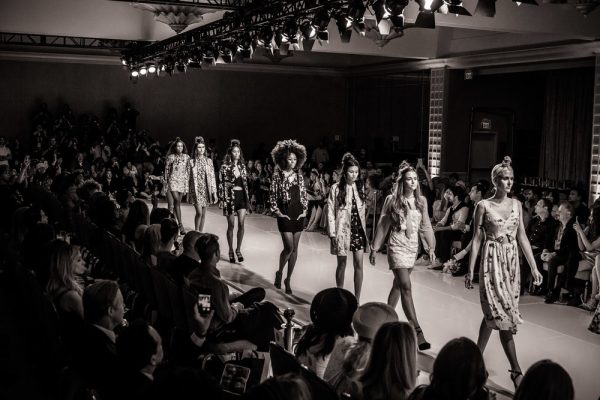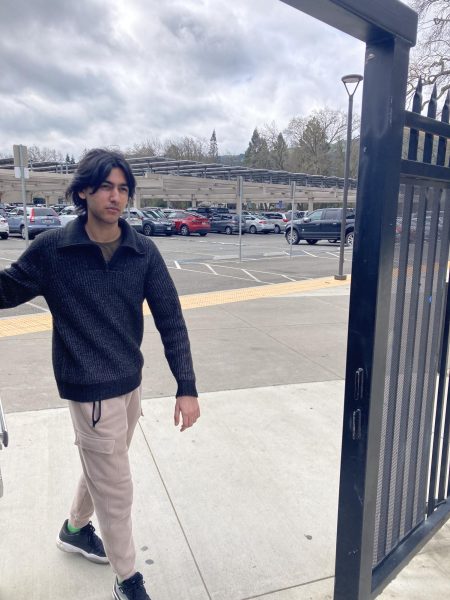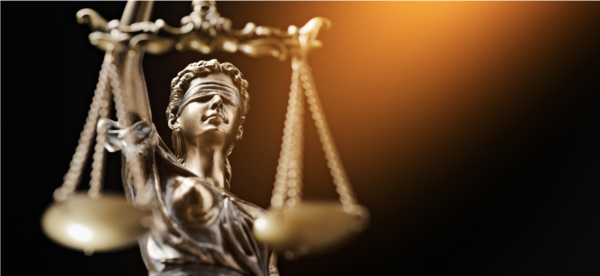Designer Clothes Do Not Equal Class
What is The Devil Wears Prada doing that makes it a smashing success, and what is Emily in Paris doing wrong, despite the fact that both motion pictures had the same costume designer?
Both The Devil Wears Prada and Emily in Paris have one thing in common: their emphasis on fashion. Furthermore, all of them had a considerable impact on fashion off-screen and determined how the next generation would dress.
Out of all the fashion-centered motion pictures, my personal favorite has to be The Devil Wears Prada, a classic for people interested in the fashion industry. Not only does it have an excellent plot and character development, but the fashion reflects the character as we see Andy Sachs go from a flightless fledgling in the fashion industry to someone worthy of respect from the feared Miranda Priestly, editor-in-chief of Runway, the copycat of Vogue.
On the less spectacular side, the show Emily in Paris fails to achieve the prestige bestowed on films like The Devil Wears Prada. Aside from the insufferable characters and many French cliches (French people are rude, the emphasis of touristry spots, croissants and more),, the fashion does not feel as effortless as The Devil Wears Prada but is flashy and loud in the worst way, which then begs the question: why does The Devil Wears Prada succeed in its interpretation of fashion while Emily in Paris flops? What is The Devil Wears Prada doing that makes it a smashing success, and what is Emily in Paris doing wrong, despite the fact that both had the same costume designer?
The Devil Wears Prada
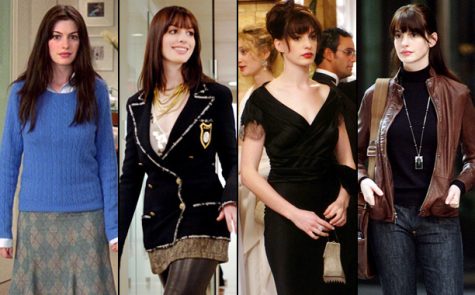
Released in the early 2000s, The Devil Wears Prada captured the seemingly glamorous life of an assistant working for the substitute of Anna Wintour, Miranda Priestly. While the film perfectly showed the dark side of the fashion industry, it also established its credibility as a powerhouse for high-end fashion. Although the film was released back in 2006, its style is still relevant/
The protagonist, Andy Sachs, appears in the show’s first montage as a woman with little to no fashion sense, as she chooses to dress in a frumpy sweater complete with an ill-fitting jacket. As she continues to work for Runway, Andy’s outfits are one frumpy sweater after another, occasionally paired with an ugly plaid skirt, something that was ridiculed by other characters not just once but twice.
In theory, her outfits are not a complete disaster; just horribly executed, and considering that Andy works for a fashion magazine, viewers would expect she would put more effort into her outfits as well as her overall appearance. However, it’s important to note that Andy saw fashion as frivolous and used her job at Runway only as a stepping stone for her career in journalism. Even so, Andy still expected to be taken seriously in a workplace that emphasized fashion.
After being humiliated by Miranda, Andy’s attitude towards fashion finally begins to change, and as her attitude changed, so did her fashion style. She wore the famous Chanel jacket and boots from the 2005 cruise collection. She wore Calvin Klein, John Galliano, even more Chanel, and Donna Karen, all fresh off the runway. As her style changed, so did her attitude. Andy began to take her work seriously, and once she put in the effort, she thrived. This drastic change shows that Andy always had a decent fashion sense; she just never put in any effort. On her trip to Paris, Andy even managed to stun Nigel, one of Miranda’s closest confidants and the mastermind behind Andy’s makeover, with a beautifully cut black blazer and pencil skirt.
By the end of the movie, Andy no longer is part of the glamorous fashion world that took her by storm and yearns to revert to the ‘normal’ Andy. Although she doesn’t have access to designer clothes anymore, Andy keeps her unique sense of style, as she is seen going to an interview in a black turtleneck, a leather jacket, dark jeans, and scrunched-up brown boots. Her final look contrasted greatly with her first, because now it looks easy, uncomplicated, and simply classic.
The fashion in this film is divine. The progression of outfits from beginning to end is impeccable and clearly tells a story. It’s not just that Andy improves in her style, but it shows the audience how she entered the fashion world with naive eyes but left with a world of knowledge. While the movie seemed to suggest that fashion is elitist, it also emphasized how fashion can empower. While Andy realizes how damaging the fashion world is to her, she doesn’t throw away every part of it but keeps her sense of style since it’s a part of who she is. Fashion is a powerful tool to tell the world who you are and who you want to be.
Emily in Paris
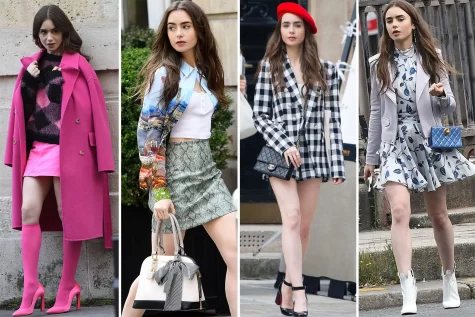
Whenever a new season of Emily in Paris comes out, I wonder, will the fashion get better? Or is it still quite a mess? No doubt, it’s still a mess. Yes, the fashion has improved bit by bit, but it’s still dysfunctional and just confusing. Here’s why.
Our story begins with Emily Cooper, who works as a marketing executive and is shockingly being relocated to, you guessed it, Paris, the capital of fashion. Emily’s first look in Paris is extremely disappointing: a plaid overshirt, a white tank top, and black leggings. It’s the epitome of basic. Even so, perhaps Patricia Field, the costume designer for both The Devil Wears Prada and Emily in Paris, might have been going for the vision of a young, naive American girl, starstruck by the wonders of Paris—in a miserable outfit, that is. However, this low starting point gives the character a lot of room for growth and improvement.
Oh, how I wish Emily did grow in her fashion sense.
On her second day in Paris, we see Emily in a rather chaotic outfit: she’s wearing a python-patterned skirt, a white crop top, and an atrocious overshift with a printed scene of the Paris skyline. It’s loud and confusing, a combo that would work at events like the Met Gala but not for the first day of her new job in Paris.
The main problem is not how she puts her outfits together, but why. Why does she wear so many designer clothes? Why did she get her hands on these designer clothes? For someone who wears so many flashy garments, why? You see, for people like Andy Sachs, she wears designer clothes because 1) she has easy access to them, and 2) she wants to wear them to fit in with her new surroundings and be taken seriously. It’s the same with Carrie Bradshaw from the popular show Sex and the City, except she doesn’t want to fit in; she just loves fashion and is a shopaholic. But for Emily, I know almost nothing about her.
Throughout the series, Emily continues to wear famous brands such as Chanel, Christian Louboutin, Kenzo, Louis Vuitton, and more, but we don’t know why. Fashion is not just “clothes” but an identity. I’m pinpointing Emily in Paris’s fashion choices because they made fashion an integral part of the story by giving Emily all of these lavish garments without much of an explanation. Fashion shows the world who you are as well as what you want to be. With Emily, I cannot tell. I can’t tell if she loves fashion since she never deigned to mention it (except for that one mention of Gossip Girl) or give any backstory, which begs the question, What is the point of the fashion in the show?
In other shows, we see characters drawn to certain pieces or brands that fit their identities (i.e., Blair Waldorf and the classic preppy style or Serena Van der Woodsen and the boho chic style), but for Emily, it just seems as if she’s grabbing anything that screams “Look at me!” making it all fluff and no substance. Now don’t get me wrong, not all of the fashion choices are bad. Some outfits are quite beautiful, but they aren’t consistent. Sometimes, we seem to get the sense that Emily is inspired by fashion from the 1950s, whether it’s a gorgeous off-the-shoulder black dress that nods to Audrey Hepburn’s Funny Face or a figure-hugging creamy white dress with pink hearts scattered all around, complete with a beehive updo, but it isn’t further explored. Emily doesn’t mention her love for Hepburn or her love for old Hollywood. We don’t know Emily’s interests except that she wants to fit in with Paris and likes to work.
Emily is disorganized in her outfits, yet I don’t sense that craziness in her personality since the show portrays her as a workaholic. Her outfit screams one thing, but her character screams another. I’m sure fashion critics would differ, but I’m disappointed at the styling for a show that seems to rely heavily on Patricia Field’s styling choices.
Or perhaps the world was just not ready for Emily in Paris’s chaos.

